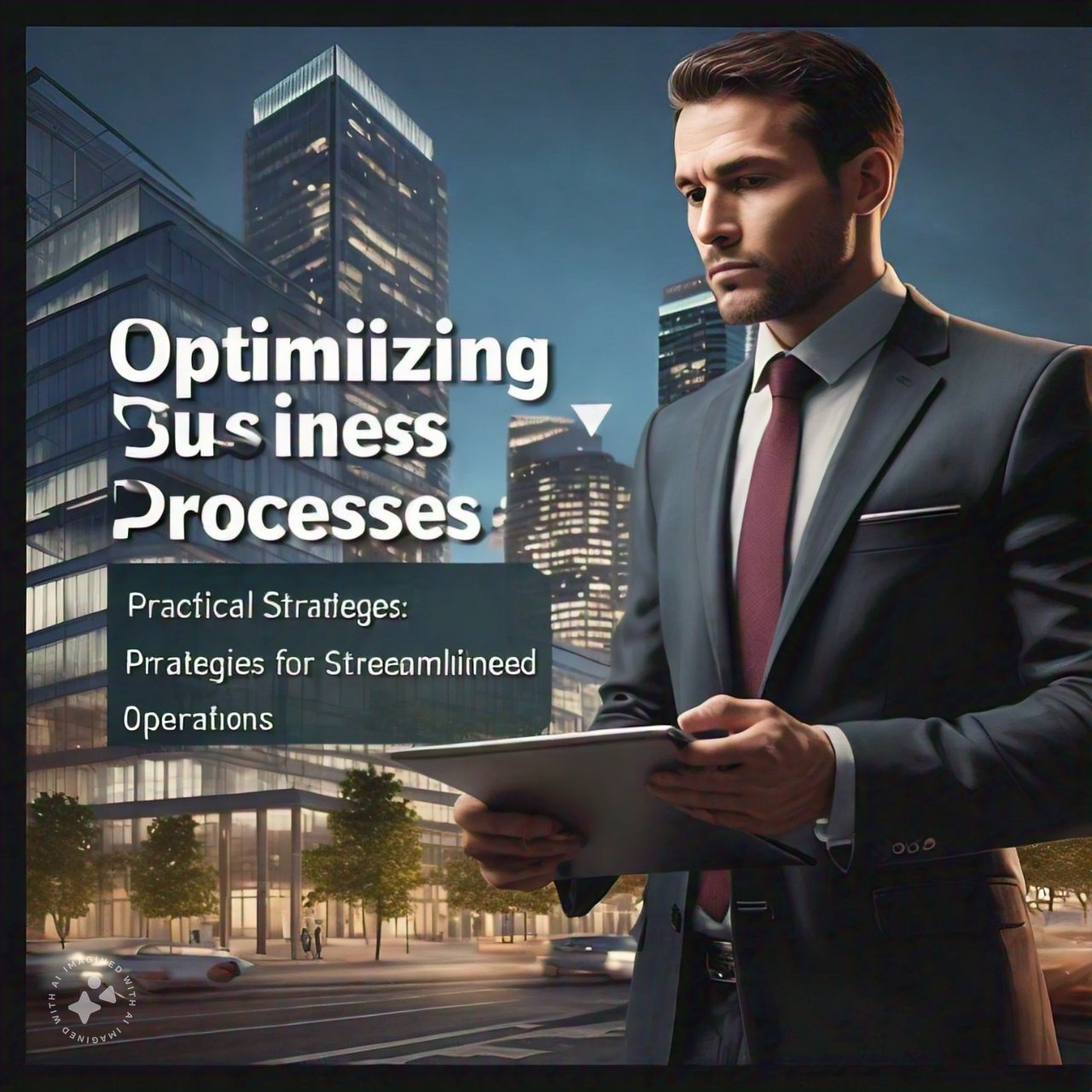
Optimizing Business Processes: Practical Strategies for Streamlined Operations
In today’s fast-paced business environment, optimizing processes is crucial for maintaining efficiency, reducing costs, and staying competitive. Whether you’re a small startup or a large enterprise, streamlining operations can lead to significant improvements in productivity and overall success. Here’s a practical guide to optimizing your business processes, focusing on key strategies to enhance efficiency and effectiveness.
1. Map Out Your Processes
The first step in optimizing business processes is to map out your current workflows. Process mapping involves creating visual representations of each step in your business operations. This can be achieved using flowcharts, diagrams, or process mapping software. By visualizing your processes, you can identify inefficiencies, bottlenecks, and areas for improvement.
Example: For managing a YouTube channel, you might map out the entire content creation process—from brainstorming ideas and scripting to filming, editing, and publishing. This visualization helps pinpoint where delays or errors occur and where improvements can be made.
2. Break Down Processes into Manageable Steps
Once you’ve mapped out your processes, break them down into manageable steps or components. This approach not only simplifies complex workflows but also makes it easier to identify specific tasks that need attention. For each process, consider creating standard operating procedures (SOPs) or checklists to guide your team through each step.
Example: If your process involves video editing, create a checklist that includes tasks like applying templates, adding lower thirds, and adjusting sound levels. This ensures consistency and reduces the likelihood of missing critical steps.
3. Implement Task Management Tools
Utilizing task management or work management software can significantly enhance your process optimization efforts. Tools like ClickUp or SmartSuite allow you to organize tasks, assign responsibilities, and track progress. By centralizing task management, you can ensure that all team members are on the same page and that tasks are completed efficiently.
Example: In the context of managing your YouTube content, use a task management tool to assign responsibilities for different stages of video production, such as scripting, filming, editing, and publishing. This helps streamline workflow and ensures accountability.
4. Define Roles and Responsibilities Clearly
Clearly defining roles and responsibilities within your team is essential for effective process optimization. Whether you use job descriptions, responsibility charts, or direct task assignments in your management tool, ensure that everyone knows their specific duties and expectations. This clarity helps prevent overlap, confusion, and missed deadlines.
Example: For a team managing YouTube content, assign roles such as content creator, video editor, and social media manager. Clearly define each role’s responsibilities to avoid duplication of efforts and ensure smooth collaboration.
5. Continuously Monitor and Improve
Optimizing processes is an ongoing effort. Regularly review and assess your workflows to identify new areas for improvement. Gather feedback from your team, analyze performance metrics, and stay updated with industry best practices. Continuous improvement ensures that your processes remain efficient and adaptable to changing needs.
Example: After implementing your optimized YouTube content workflow, periodically review the process to identify any emerging issues or new opportunities for efficiency. Adapt your procedures as needed based on team feedback and performance data.
6. Leverage Automation Where Possible
Automation can significantly enhance process efficiency by reducing the need for manual intervention. Identify repetitive tasks that can be automated using software or tools. This not only speeds up operations but also reduces the risk of human error.
Example: Automate video publishing by scheduling posts in advance using YouTube’s built-in scheduling feature or a third-party tool. This frees up time for your team to focus on more creative and strategic tasks.
Conclusion
Optimizing business processes is a critical component of achieving operational excellence. By mapping out workflows, breaking down tasks, implementing task management tools, defining roles clearly, continuously monitoring performance, and leveraging automation, you can streamline your operations and drive business success. Remember, process optimization is not a one-time task but a continuous journey toward greater efficiency and effectiveness.


